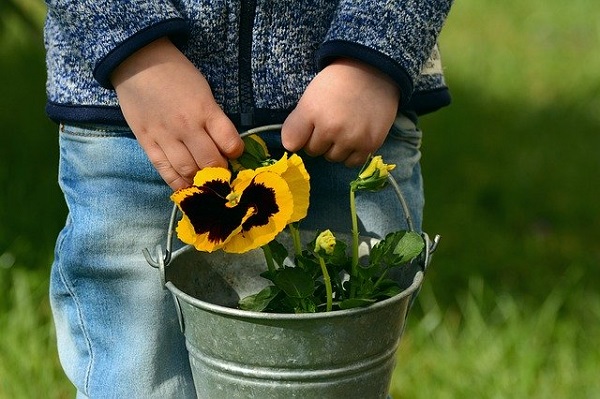Gardening can be a magical experience for children, transforming a simple backyard into a world of discovery and learning. Engaging kids in gardening activities not only fosters a love for nature but also teaches them essential skills and patience. Here are some delightful and educational gardening ideas tailored for children.
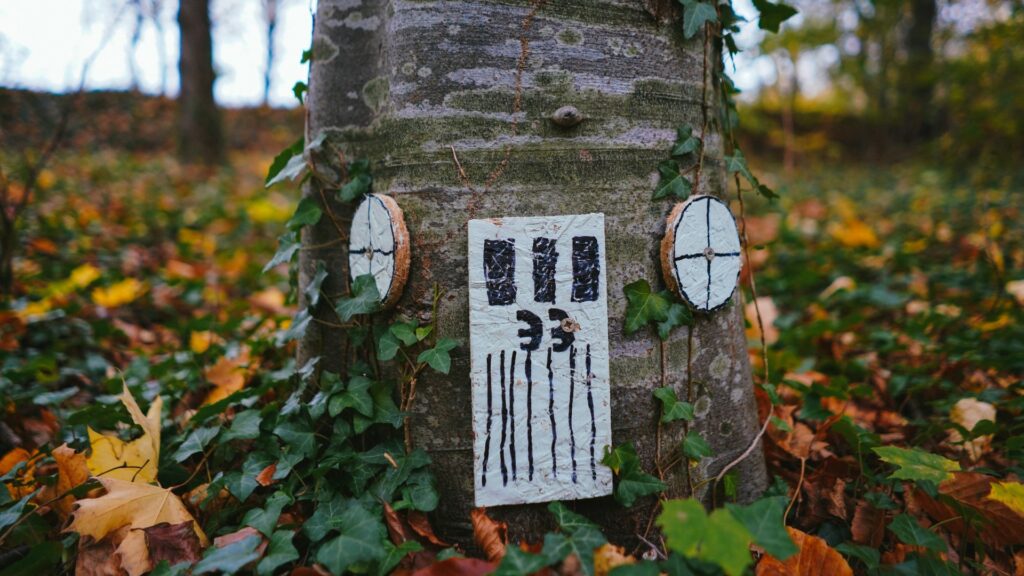
1. Create a Miniature Fairy Garden
A miniature fairy garden is a captivating project that can ignite a child’s imagination. Use small plants like Thymus serpyllum (creeping thyme) and Sedum album (white stonecrop) to create a lush, tiny landscape.
Add miniature accessories and garden ornaments like fairy houses, tiny benches, and pebble paths to complete the enchanting scene.
Miniature fairy gardens work amazingly well around the base of trees and allows your children to explore verticality within garden designs. It also gives them a chance to note all the different bugs and insects a miniature world has which are vital to a healthy ecosystem.
2. Grow a Sensory Garden
A sensory garden is perfect for children, allowing them to explore different textures, scents, and colours.
Plant Lavandula angustifolia (English lavender) for its soothing scent, Stachys byzantina (lamb’s ear) for its soft, furry leaves, and vibrant flowers like Calendula officinalis (pot marigold). This type of garden engages multiple senses, making it a wonderful hands-on learning experience.
With a lot of the modern world often causing sensory overloads, or burnouts, a sensory garden is the perfect cure. This is the same for children who are still learning about the world and all its beauty.

3. Plant an Edible Garden
Introduce children to the joys of growing their own food with an edible garden. Choose easy-to-grow vegetables like Pisum sativum (peas), Lactuca sativa (lettuce), and Raphanus sativus (radishes). Incorporate some fruiting plants like Fragaria × ananassa (strawberries) and Rubus idaeus (red raspberries).
Not only will an edible garden help children to learn about where their food comes from, but they’ll also enjoy the satisfaction of harvesting and eating what they’ve grown. It is also a great opportunity to teach children about the importance of pollinators within our food chain as 75% of our crops rely on them!
4. Create a Butterfly Garden
A butterfly garden is a beautiful way to teach children about the life cycle of butterflies and the importance of pollinators. Plant nectar-rich flowers like Buddleja davidii (butterfly bush), Echinacea purpurea (purple coneflower), and Verbena bonariensis (purpletop vervain). These plants will attract butterflies to your wildlife garden with their vibrant colours and abundant nectar.

To enhance the butterfly garden, add a shallow water dish or bird bath with stones for butterflies to rest and drink. This provides a vital water source for them and creates a charming spot for children to observe these delicate creatures up close. Including a variety of host plants like Asclepias (milkweed) for monarchs or Aristolochia (Dutchman’s pipe) for pipevine swallowtails can also support the complete life cycle of butterflies, from egg to caterpillar to adult.
5. Build a Bean Teepee
A bean teepee combines the joy of play with the satisfaction of growing your own food, making it an ideal project for children. Start by constructing a teepee-shaped frame using sturdy bamboo canes or wooden poles firmly anchored in the ground. Arrange the poles in a circle and tie them securely at the top to form a stable structure.
Choose climbing beans such as Phaseolus vulgaris (common bean) or Phaseolus coccineus (runner bean), which thrive in warm, sunny conditions. Plant the beans at the base of each pole, ensuring they are spaced evenly around the teepee. Encourage children to sow the seeds and gently water them to promote germination.
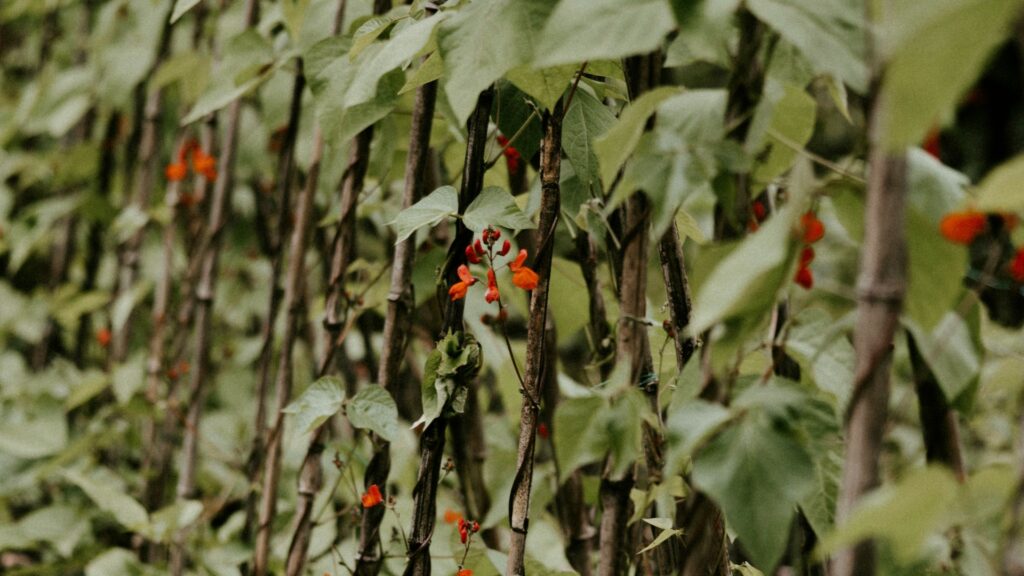
As the beans grow, their tendrils will naturally twine around the poles, creating a leafy canopy that provides shade and privacy inside the teepee. This living structure not only serves as a playful hideaway but also introduces children to basic gardening principles such as planting, watering, and observing plant growth.
To enhance the bean teepee experience, consider planting other companion plants such as Tropaeolum majus (garden nasturtium), which attracts beneficial insects and adds vibrant colour to the garden. Incorporate a seating area or cushions inside the teepee to create a cosy retreat where children can read, play games, or simply enjoy the serene ambiance of their green sanctuary.
As the beans mature, children can harvest them for a delicious addition to meals, learning the satisfaction of growing and harvesting their own food. This hands-on experience fosters a deeper connection to nature and encourages a sense of responsibility and care for living plants.
6. Creating a Sunflower House
A sunflower house offers children a magical retreat within the garden. Helianthus annuus (common sunflowers) are ideal for this project due to their rapid growth and towering height. To create a sunflower house, select a sunny spot with well-draining soil. Clear the area of weeds and debris, then help children plant sunflower seeds in a circular or square pattern, leaving an entrance gap. Show them how to space the seeds and cover lightly with soil.
Once planted, guide children in watering the sunflowers regularly, ensuring the soil remains moist but not waterlogged. Teach them to gently weed around the plants and consider adding mulch to retain moisture. As the sunflowers grow, encourage children to decorate their house with hanging bird feeders, wind chimes, or colourful ribbons tied to the stalks. Inside the sunflower house, create a cosy play area with cushions or a small table and chairs where children can read, play games, or simply enjoy the shade and shelter provided by the towering sunflowers.
As the sunflowers mature, involve children in harvesting the seeds for snacks or future planting. Show them how to cut the flower heads and dry the seeds indoors. Beyond gardening skills, creating a sunflower house nurtures a deeper connection to nature, fosters creativity, and teaches responsibility as children care for their living play structure. It’s a joyful way to engage children in outdoor activities while immersing them in the wonders of the natural world.

7. Crafting a Garden Stepping Stone Path
Crafting a garden stepping stone path is a wonderful way to involve children in personalising the garden space while nurturing their creativity and craftsmanship. Start by choosing a suitable location for the path, ensuring it complements the garden’s design and provides easy access. Gather materials such as concrete mix, moulds (which can be purchased or improvised using items like cake pans or plastic trays), and decorative elements like tiles, marbles, or even leaves and pebbles for imprinting.
Start by mixing the concrete according to the manufacturer’s instructions, following safety guidelines when handling the materials. Pour the mixed concrete into the moulds, smoothing the surface with a trowel or spatula to create a level finish. Before the concrete sets completely, let children decorate the stepping stones with their chosen embellishments. They can arrange colourful tiles in patterns, embed marbles for a textured effect, or press their handprints into the concrete for a lasting personal touch.
When decorated, allow the stepping stones to cure according to the concrete’s drying time. Once set, carefully remove them from the moulds and place them in the garden, spacing them evenly along the desired path. Encourage children to take pride in their creations as they see the path come together, adding both aesthetic charm and practicality to the garden space. This hands-on activity not only enhances the garden’s visual appeal but also fosters a sense of ownership and accomplishment among children as they contribute creatively to their outdoor environment.
Crafting garden stepping stones with your children is a meaningful way to blend artistry with practicality, providing a lasting reminder of their involvement in beautifying and personalising their outdoor space. It’s an opportunity for them to learn about materials, design, and teamwork, all while enjoying the pleasures of creating something unique that adds value and character to their garden.
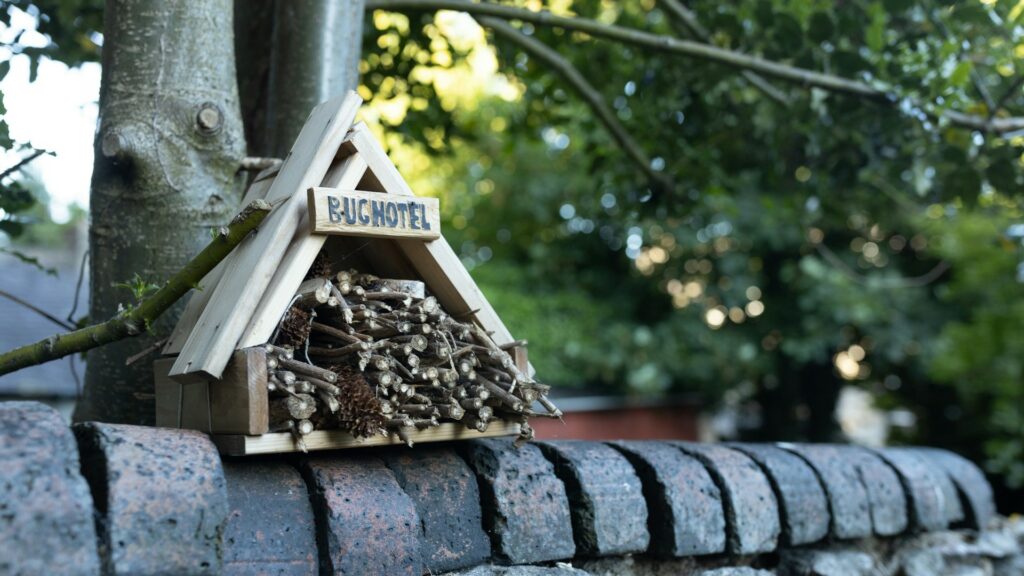
8. Building a Bug Hotel
Building a bug hotel is an exciting project that encourages children to create a habitat attracting beneficial insects like ladybirds, bees, and butterflies to the garden. These insects play vital roles in pollination and pest control, contributing to a healthy garden ecosystem. To begin, gather natural materials such as twigs, pinecones, bamboo sticks, and hollow plant stems.
You can find suitable bamboo sticks for this project at Hillier’s online shop.
Start by selecting a quiet spot in the garden where the bug hotel will be undisturbed yet easily observable. Use bamboo sticks, which provide excellent nesting spots for solitary bees, and incorporate twigs and pinecones to create nooks and crannies for insects to shelter and hibernate. Arrange these materials in layers within a small wooden frame or stack them securely to form a stable structure.
Educate children about the different insects that may inhabit the bug hotel and their beneficial roles in the garden. Ladybirds, for instance, help control aphid populations, while solitary bees are crucial pollinators. This hands-on activity not only deepens their understanding of biodiversity but also instils a sense of responsibility towards conserving and supporting local wildlife.
For further insights into selecting plants that attract beneficial insects, refer to Hillier’s article on Planting for Wildlife. Incorporating these plants near the bug hotel can enhance its effectiveness as a habitat and enrich the learning experience for children. As they observe insects visiting the bug hotel and nearby plants, children gain firsthand knowledge of the interconnectedness of wildlife and plant life in their garden environment.
Building a bug hotel empowers children to contribute actively to biodiversity conservation while developing practical skills in construction and environmental management. Encourage them to maintain and monitor the bug hotel regularly, noting new visitors and changes in insect populations over time. This project fosters a lasting appreciation for nature and encourages children to create habitats that support wildlife in their own backyard.
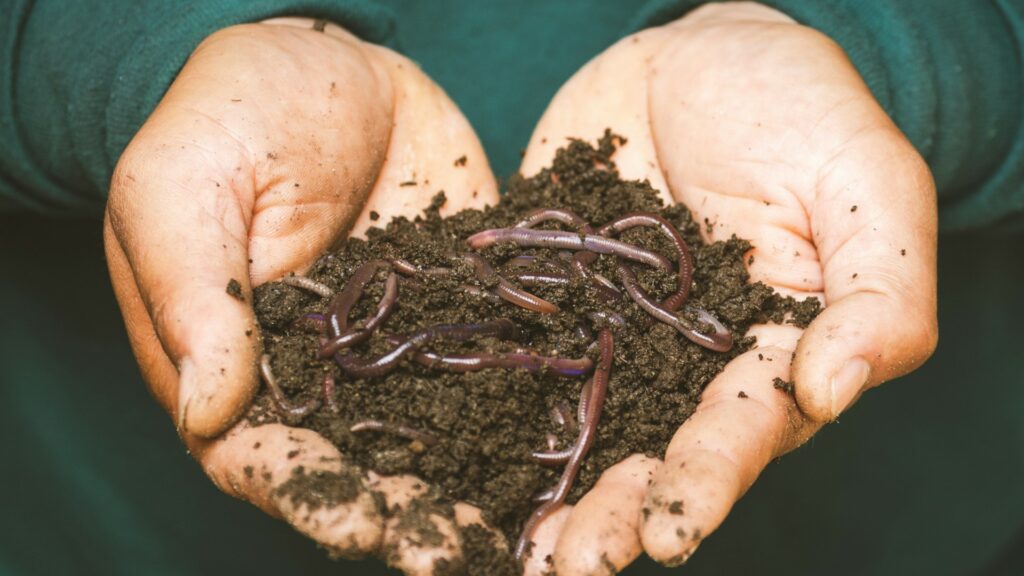
9. Start a Worm Compost Bin
Starting a worm compost bin is an engaging way to introduce children to the principles of recycling and sustainable gardening. Children can learn how worms help break down kitchen scraps into nutrient-rich compost. Begin by selecting a suitable container such as a plastic bin with a lid, ensuring it has drainage holes at the bottom to prevent waterlogging. Layer shredded newspaper or cardboard at the base to provide bedding for the worms, then add a handful of soil or compost to introduce beneficial microbes.
Next, involve children in adding kitchen scraps like fruit and vegetable peelings, coffee grounds, and eggshells to the bin. Teach them about the importance of balance in the composting process – mixing greens (nitrogen-rich materials) with browns (carbon-rich materials) to create an optimal environment for the worms. Regularly moisten the bedding to keep it damp but not waterlogged, ensuring the worms have a comfortable habitat to thrive and decompose organic matter.
Through this hands-on experience, children not only learn about the natural decomposition process but also gain a deeper appreciation for how worms contribute to soil health and plant growth. As they observe the worms at work and monitor the progress of the compost, they develop a sense of responsibility towards sustainable practices that benefit the environment.
10. Grow a Pizza Garden
Growing a pizza garden is a delightful project that allows children to cultivate herbs and vegetables commonly used as pizza toppings right in their backyard. Start by selecting a sunny spot in the garden or using containers filled with nutrient-rich soil. Plant tomatoes for juicy slices, bell peppers for vibrant colours, basil for aromatic leaves, and oregano for a flavourful touch.
Involve children in every step of the gardening process, from sowing seeds or planting seedlings to watering and caring for the plants as they grow. Teach them about the specific needs of each plant and how to maintain a healthy garden environment. As the plants mature, encourage children to harvest ripe tomatoes, colourful peppers, fragrant basil, and aromatic oregano leaves.
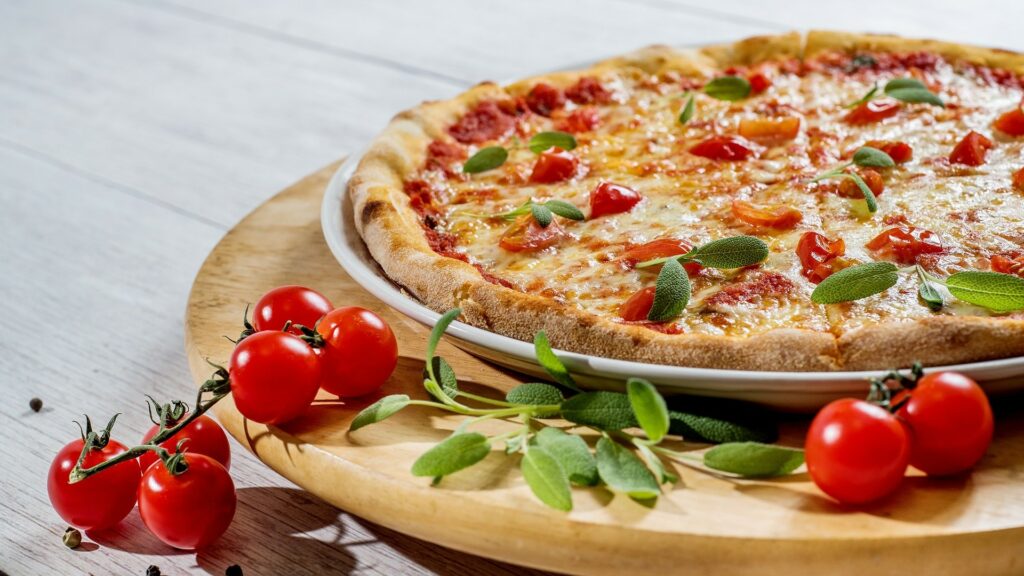
Once harvested, children can use these fresh ingredients to make homemade pizzas, learning valuable skills in cooking and appreciating the journey from garden to table. Whether they prefer classic margheritas or adventurous combinations, the joy of creating pizzas with homegrown toppings enhances their connection to food and nature.
Growing a pizza garden not only provides delicious rewards but also nurtures a sense of accomplishment and responsibility in children as they witness the fruits of their labour. It’s a hands-on experience that combines gardening with culinary exploration, fostering a lifelong appreciation for growing and enjoying fresh, homegrown produce.
11. Create a Wildlife Pond
Creating a wildlife pond is an enriching project that introduces children to the wonders of aquatic ecosystems and wildlife conservation right in their own garden. Start by selecting a suitable location that receives partial sunlight and has easy access to water. You can use a pre-formed pond liner for convenience or opt for a flexible liner to customise the pond shape according to your garden’s layout.
Begin by digging out the pond area to the desired depth and shape, ensuring to create shallow areas for wildlife access and deeper zones for aquatic plants. Line the excavation with your chosen pond liner, ensuring it is securely anchored and smoothed to avoid punctures. Once in place, carefully fill the pond with water and add rocks or logs around the edges to provide shelter for wildlife.
Next, select aquatic plants such as Nymphaea (water lilies) for their beautiful blooms and shade-providing leaves, and Iris pseudacorus (yellow flag iris) for their striking appearance and habitat benefits. These plants not only enhance the pond’s aesthetic appeal but also provide essential habitats for insects, amphibians, and other wildlife.
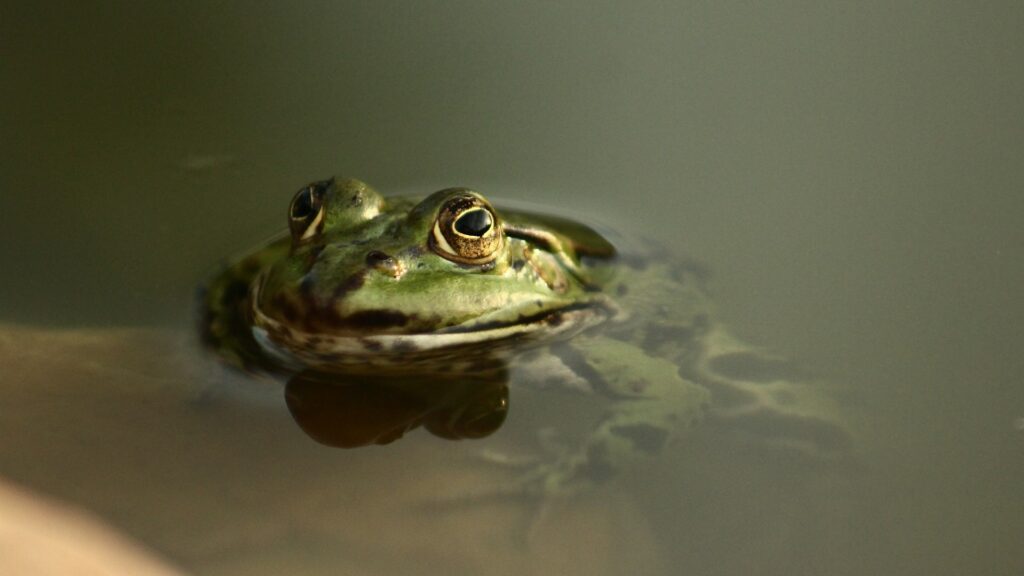
Encourage children to observe and record the wildlife attracted to the pond, from visiting insects to frogs and birds. Discuss the importance of biodiversity and how ponds support various life stages of different species. This hands-on experience fosters a deeper understanding of environmental safekeeping and inspires a lifelong appreciation for nature.
Creating a wildlife pond in the garden not only beautifies the outdoor space but also contributes positively to local biodiversity. It provides children with opportunities to learn, explore, and connect with nature while actively participating in wildlife conservation efforts.
12. Make Plant Markers
Making plant markers is a fun and educational activity that lets children personalise their garden while learning about plant identification. Begin by gathering materials such as smooth stones, wooden sticks, or recycled items like old spoons or popsicle sticks, which will serve as the base for their markers.
Encourage children to select their favourite plants or herbs they’ve cultivated in the garden. Using waterproof markers or acrylic paints, they can decorate the markers by writing the names of the plants or painting colourful designs that reflect each plant’s characteristics. This not only helps them learn plant identification but also adds a charming and decorative touch to the garden.
Display the plant markers next to each corresponding plant or herb, creating a visual guide that enhances the garden’s organisation and beauty. This activity fosters creativity encourages a sense of ownership over their gardening efforts and provides a tangible way for children to engage with the natural world around them.
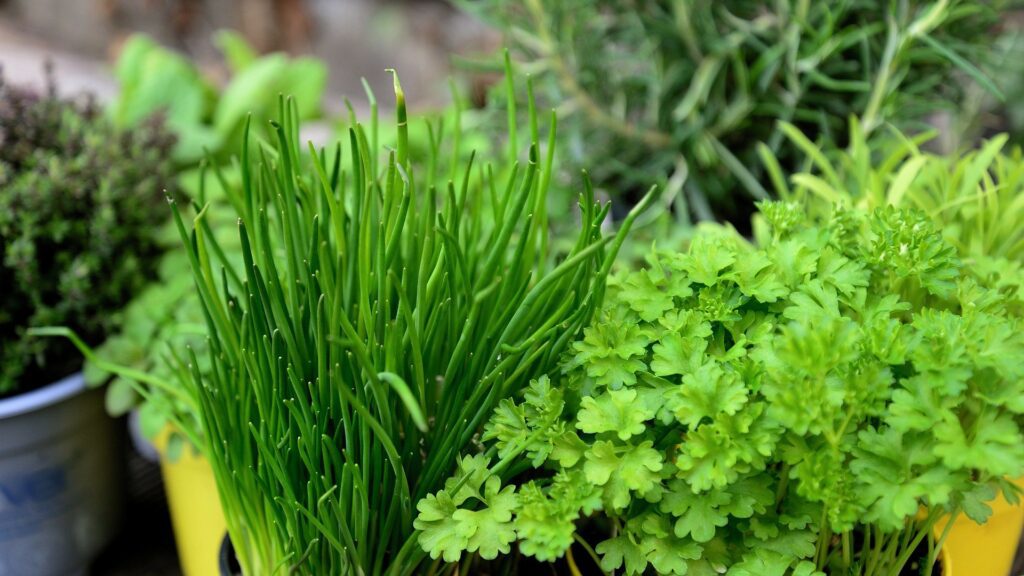
13. Start a Window Sill Garden
For those with limited outdoor space, a window sill garden offers an ideal solution to bring the joys of gardening indoors. Grow herbs like Petroselinum crispum (parsley), Thymus vulgaris (garden thyme), and Mentha (mint) in small pots, providing a practical and delightful way for children to learn about plant care. These herbs thrive well in containers and require minimal space, making them perfect for a sunny window sill.
Begin by selecting small pots with good drainage and filling them with high-quality potting compost. Allow children to plant the herb seeds or seedlings, teaching them the importance of proper planting depth and spacing. Place the pots on a sunny window sill where the herbs can receive plenty of natural light. Water the plants regularly, ensuring the soil remains moist but not waterlogged, and teach children about the different watering needs of each herb.
As the herbs grow, children can take part in harvesting the fresh leaves, learning how to prune and encourage new growth. Incorporating these homegrown herbs into meals provides a hands-on way for children to appreciate the benefits of growing their own food. Whether it’s adding fresh parsley to a salad, thyme to a roast, or mint to a refreshing drink, the experience is both educational and rewarding.
A window sill garden not only introduces children to the basics of gardening but also enhances their understanding of where food comes from and the importance of sustainable living. It’s a year-round project that brings a touch of nature indoors, offering continuous learning opportunities and the joy of harvesting fresh, aromatic herbs right from the kitchen.
14. Build a Bird Feeder
Building a bird feeder is a wonderful project that not only attracts birds to the garden but also provides children with an engaging way to learn about wildlife and recycling. Start by selecting recycled materials such as milk cartons, plastic bottles, or build one from wood for a more durable option. Involve children in designing and constructing the feeder, teaching them about the importance of recycling and repurposing materials.
To create a simple bird feeder from a milk carton, cut out openings on the sides for birds to access the seeds. Paint and decorate the carton with non-toxic paints to make it visually appealing and weatherproof. If you prefer a wooden feeder, use untreated wood and help children assemble the pieces, ensuring the structure is sturdy and safe for birds. Add a perch or two to provide a comfortable landing spot for feathered visitors.
Fill the bird feeder with a variety of birdseed to attract different species. Sunflower seeds, millet, and suet are excellent choices that cater to a range of birds. Hang or place the feeder in a visible spot where children can easily observe the birds from a window or garden bench. Make sure it’s positioned away from potential predators like cats and in a place where birds feel safe.
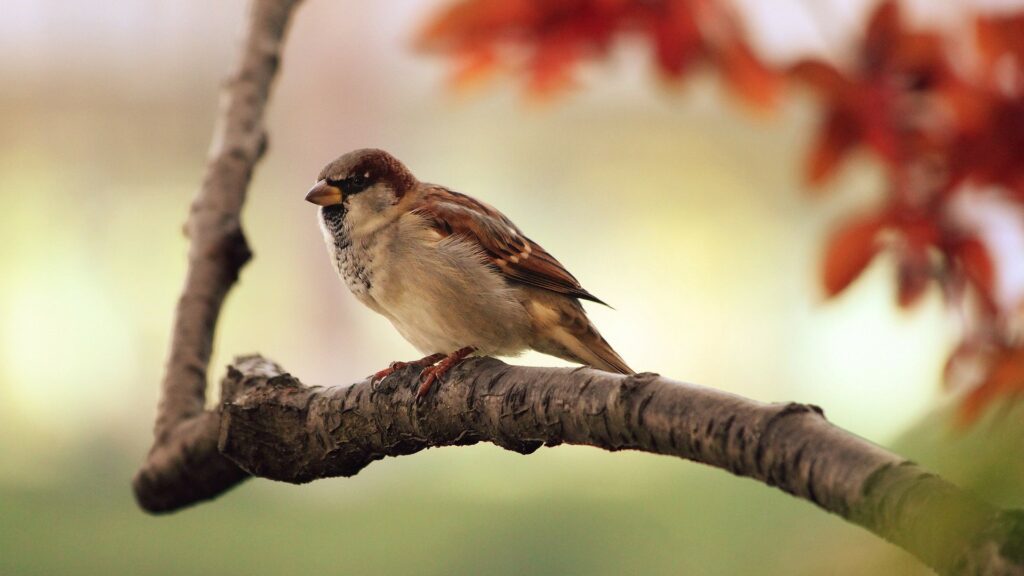
Encourage children to keep a birdwatching journal, noting the different species that visit the feeder and any interesting behaviours they observe. This activity helps them develop observation skills and fosters a deeper appreciation for nature. Discuss the types of birds they see, their habits, and how different seeds attract different species.
Maintaining the bird feeder by regularly cleaning and refilling it ensures the birds stay healthy and continue to visit. This responsibility teaches children the importance of consistent care and the impact they can have on their local environment. Building a bird feeder is not just a craft project; it’s an ongoing educational experience that connects children with the natural world and promotes a lifelong interest in wildlife conservation.
15. Creating a Themed Garden
Creating a themed garden transforms the gardening experience into an imaginative adventure, making it even more exciting and educational for children. Choose a captivating theme, such as a dinosaur garden or a pirate garden, and select plants and decorations to bring the theme to life. For instance, in a dinosaur garden, use plants like Polystichum munitum (western sword fern) that resemble prehistoric foliage and create dinosaur footprints or models to enhance the theme.
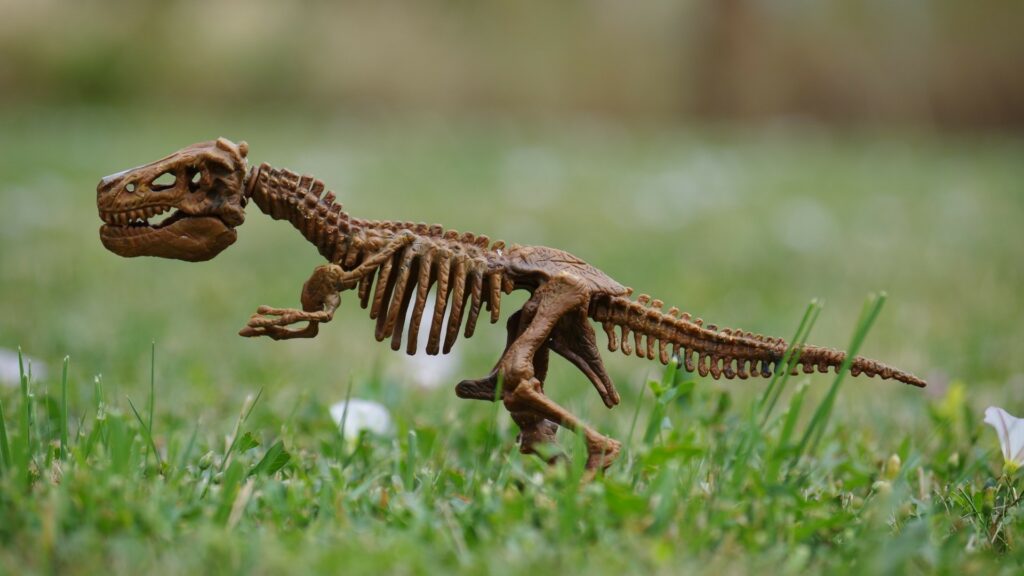
Begin by planning the garden layout with your chosen theme in mind. If opting for a pirate garden, arrange rugged plants and elements that evoke the sense of a hidden treasure island. Incorporate decorative elements such as pirate flags, ‘treasure chests’ (decorative boxes or containers), and small sailing ship models amidst the foliage. These additions can be crafted or arranged with children, adding a creative and adventurous aspect to the project.
Involve children in every step, from designing and planting to decorating and maintaining the garden. This hands-on approach not only teaches them about different plants and their care but also sparks their imagination and creativity. Discuss the specific needs of the plants chosen for the theme and how they contribute to the garden’s overall design and purpose.
Themed gardens offer a dynamic way to blend learning and play, allowing children to explore various aspects of nature and history. Whether they’re imagining dinosaur adventures or swashbuckling pirate escapades, this project fosters a deeper connection with the natural world and promotes a sense of wonder and curiosity.
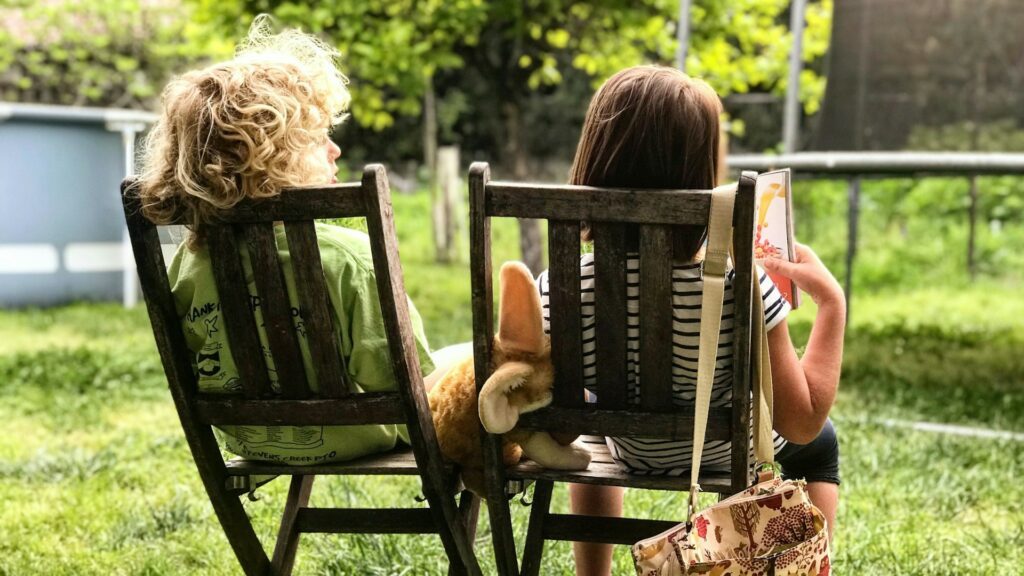
Gardening to Learn, Play and Grow
Gardening offers countless opportunities for children to learn, play, and grow. Whether it’s creating a fairy garden, growing vegetables, or building a butterfly haven, these activities help nurture a child’s connection with nature. Take your children to your local Hillier Garden Centre and encourage your little ones to get their hands dirty and discover the wonders of gardening!


